In the realm of online retail, beauty product photography plays a pivotal role in bridging the gap between virtual browsing and physical experience. As we delve into the artistry of photographing beauty products, it becomes evident that every captured image is a story told, a promise made.
Contents
- Understanding Beauty Product Photography
- 1. Harnessing the Power of Natural Light
- 2. Lifestyle Imagery: Bringing Products to Life
- 3. The Impact of Colored Backgrounds
- 4. Detail-Oriented Photography
- 5.Capturing Action and Texture in Beauty Product Photography
- 6. Balancing Art and Commerce
- 7. The Role of Post-Production
- A Symphony of Visual Elements
Understanding Beauty Product Photography
Photography of beauty products is not just about taking pictures; it’s about crafting visual narratives that resonate with potential buyers. The goal is to present products in a way that they not only attract attention but also evoke the desire to own and use them. This art form combines aesthetics, technical skill, and marketing insight to create compelling images.
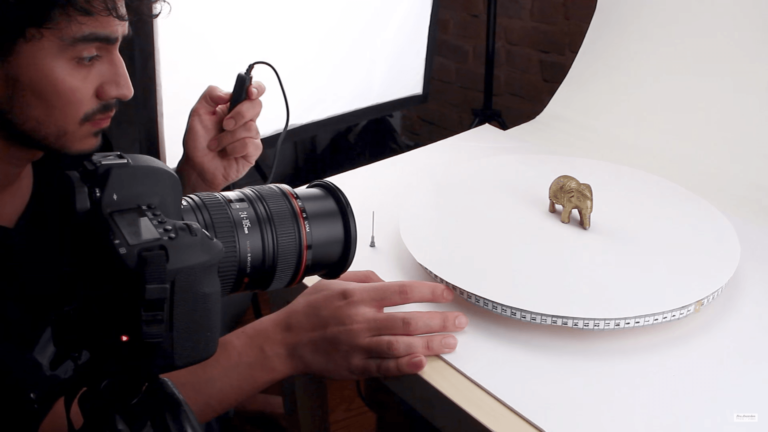
Source: linedup.com
1. Harnessing the Power of Natural Light
One of the most impactful aspects of beauty product photography is the use of natural light. The soft, diffused lighting can accentuate the product’s features, highlighting the textures and colors in a way that feels both authentic and appealing. The challenge lies in understanding the dynamics of natural light at different times of the day and using it to enhance the product’s visual appeal.
2. Lifestyle Imagery: Bringing Products to Life
Lifestyle photography in the beauty industry is about context. It’s not just about the product; it’s about the story it tells. By placing products in real-life settings or using them in everyday scenarios, photographers can evoke a sense of how these products fit into the customers’ lives. This approach helps create a connection between the product and the potential buyer, making it easier for them to visualize using it.
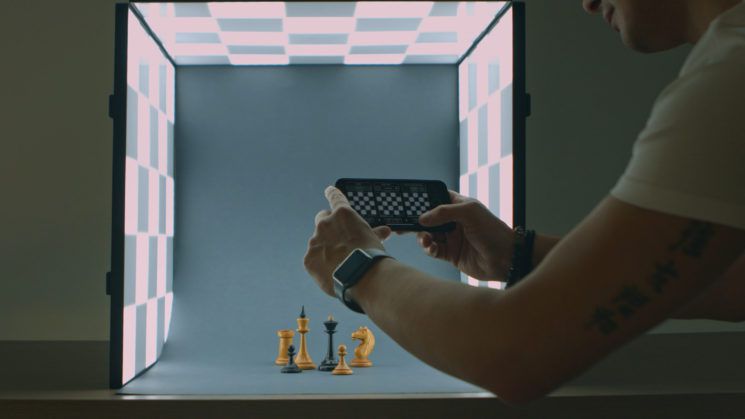
Source: pinterest.com
3. The Impact of Colored Backgrounds
The choice of background in photography of beauty products is crucial. It’s not just a backdrop; it’s a stage where the product shines. Different colors can set different moods – a light blue or white background might convey purity and freshness, while darker tones could suggest luxury and sophistication. The key is to choose a background that complements the product and aligns with the brand’s messaging.
4. Detail-Oriented Photography
Beauty products often boast unique features – be it intricate packaging or a distinct color palette. Capturing these details requires a keen eye and the right technique. Close-up or macro photography is often employed to focus on these aspects, allowing the viewer to appreciate the fine points that make each product special.
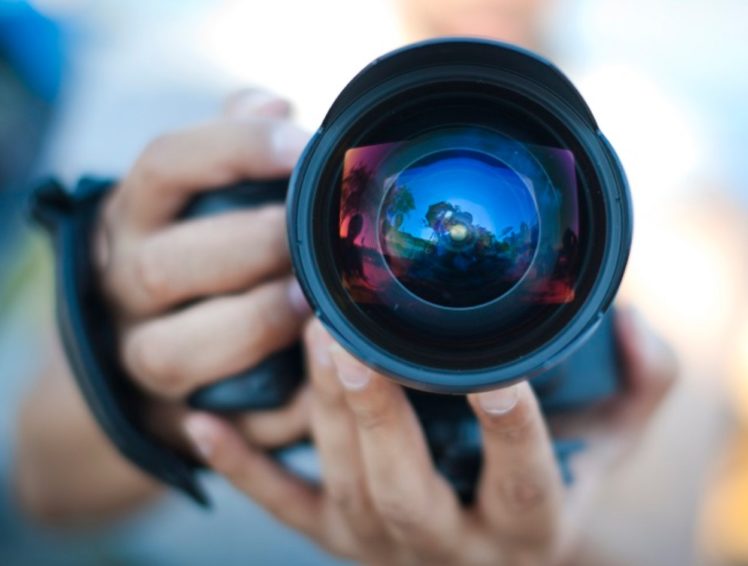
Source: medium.com
5.Capturing Action and Texture in Beauty Product Photography
Beauty product photography transcends traditional static displays, embracing dynamic imagery that showcases products in action. This style of photography is particularly effective for beauty items, where the application process and resulting texture are as important as the product itself. Capturing these elements in action – whether it’s the smooth glide of a lipstick, the rich lather of a shampoo, or the shimmer of a skincare serum – does more than just display the product; it brings it to life.
Demonstrating the application process is crucial in this context. It’s about showing how the product interacts with the skin or hair, providing a realistic preview of its use. For instance, photographing a model applying a moisturizer can highlight the product’s consistency, absorption rate, and immediate effects on the skin. This approach gives potential customers a sense of how the product feels and functions, bridging the gap between seeing a product online and experiencing it in person.
Highlighting texture is another key aspect. For beauty products, texture can be a significant selling point. Capturing the creamy richness of a face cream, the fine grains of an exfoliating scrub, or the silky finish of a foundation can be highly appealing to customers. These details not only showcase the product’s quality but also stimulate the viewer’s senses, enhancing the tactile experience. Such imagery can make the product more relatable and desirable, as customers are able to visualize not just the product, but the experience of using it.
Moreover, these dynamic images often incorporate close-up shots, which are essential for revealing the fine details of the product’s texture. Close-ups can capture the sparkle of a highlighter, the pigmentation of an eyeshadow, or the thickness of a hair treatment. This level of detail provides a deeper understanding of the product, contributing to a more informed purchase decision.
Capturing beauty products in action also offers an opportunity to showcase the brand’s identity and aesthetic. The way a product is applied, the after-effects, and the overall presentation can align with the brand’s message, whether it’s about luxury, natural ingredients, or innovation.
In conclusion, capturing beauty products in action is a dynamic and effective approach in product photography. It goes beyond mere visual representation, offering an experiential preview that informs, engages, and entices the customer. By highlighting both the application process and the texture of the products, this style of photography creates a more immersive and relatable experience, making the products not just seen but virtually felt by the viewer.
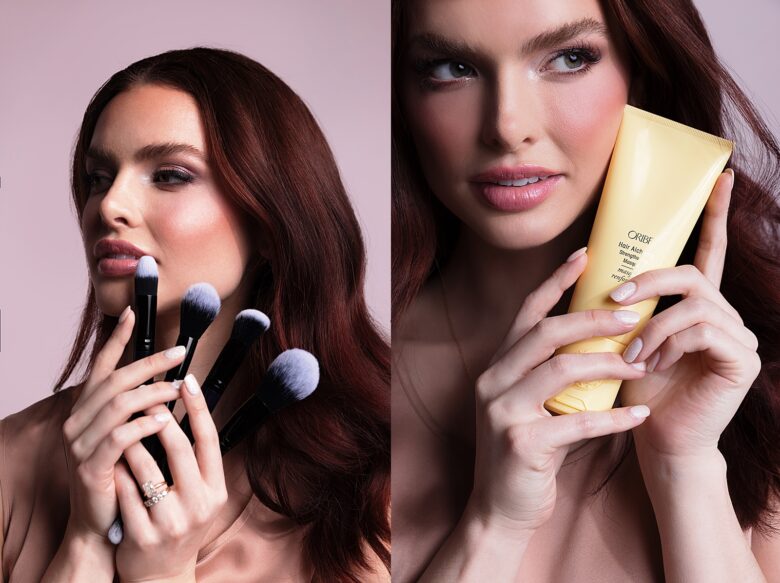
Source: meredithmelody.com
6. Balancing Art and Commerce
At its core, beauty product photography is a balancing act between artistic expression and commercial appeal. The photographer’s job is to create images that are not just visually stunning but also aligned with the brand’s marketing goals. This includes understanding the target audience, the brand ethos, and the unique selling points of the products.
7. The Role of Post-Production
Post-production plays a significant role in beauty product photography. Adjustments in color grading, retouching, and even compositing can elevate a good photo to a great one. This process allows photographers to fine-tune images to match the brand’s vision and ensure consistency across different platforms.
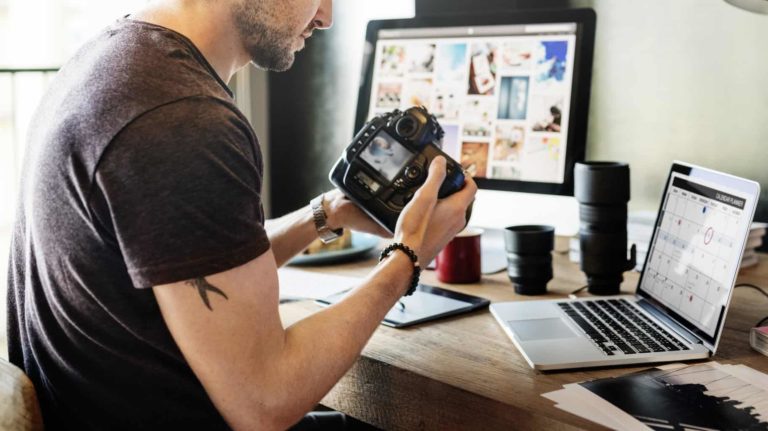
Source: medium.com
A Symphony of Visual Elements
Beauty product photography is more than just capturing images; it’s about creating a visual symphony that speaks to the senses. It combines technical prowess, creative vision, and marketing acumen to produce images that not only showcase a product but tell its story. As the digital landscape continues to evolve, the role of product photography in influencing purchasing decisions becomes increasingly significant. In this visually-driven market, the right photograph can be the difference between a product that is simply seen and one that is truly desired.
